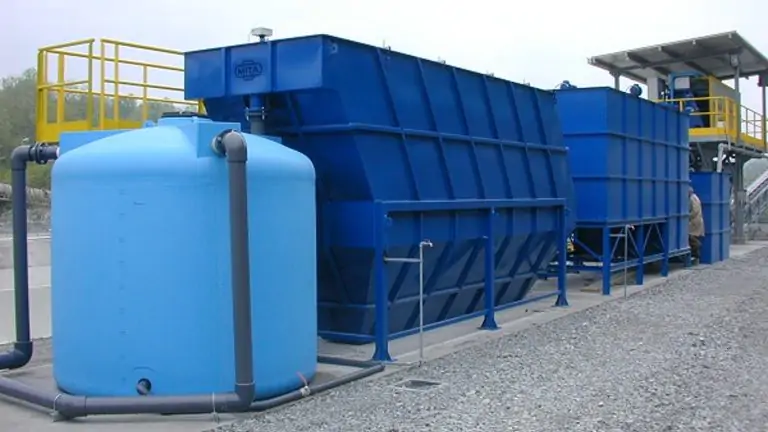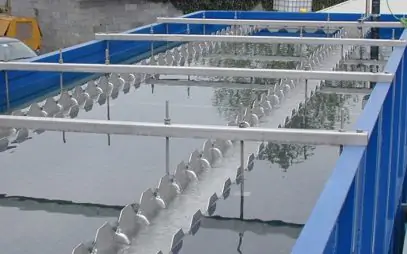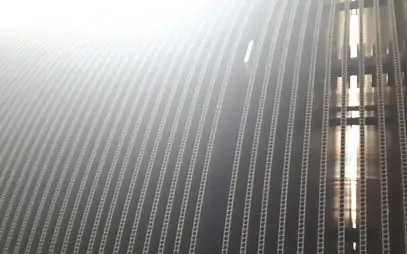Mechanical treatments for civil and industrial wastewater
According to European Union environmental regulations, civil sewage treatment plant processes are divided into primary, secondary, and tertiary treatments.
Several mechanical treatments are found in the first and third of these categories.
- Primary treatments: aim to remove large suspended substances. The most common primary mechanical treatments are screening desanding and primary sedimentation.
- Secondary treatments: processes for biological degradation of organic matter belong to this category: they therefore do not include independent mechanical treatments, with the exclusion of secondary separation, or alternatively membranes in MBR reactors, which are, however, an inseparable part of biological treatment.
- Tertiary treatments: aim to remove unwanted substances that were not separated from water during the first two stages. The most common tertiary mechanical treatments are filtration, reverse osmosis, and disinfection.
In industrial wastewater treatment, this division is less clear-cut: in fact, each process line has specific needs and often requires only some of these treatments. Particularly appreciated in this area is the convenience of mechanical treatments in terms of low acquisition costs, efficiency, and ease of installation and operation.


